- News
- Guest-Blog-The-Jungle-Book
Guest Blog - The Jungle Book
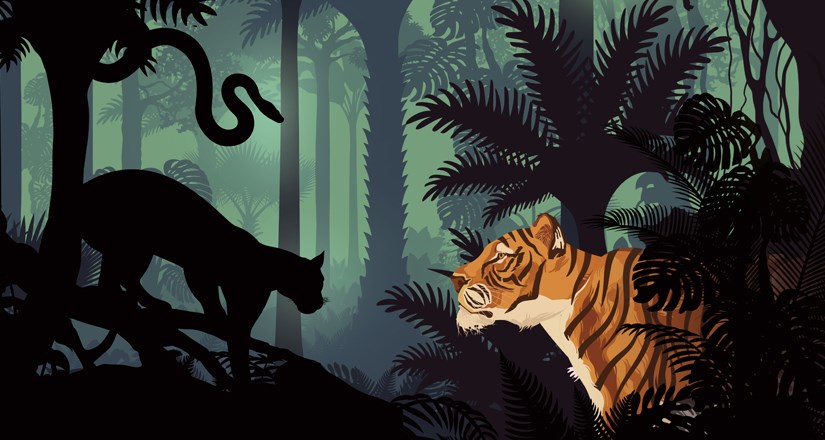
Director James Haddrell on the writers inspired by their own children...
If you look back over the history of children’s literature, some of the most famous books, some of the stories that have gone on to global renown, were originally written for an author’s own children or for children they were close to. From Peter Pan to Alice In Wonderland, it seems the most timeless children’s stories were often inspired by, or written for, particular children.
Der Struwwelpeter (translated into English as Shockheaded Peter) is a series of ten rhyming tales all offering warnings about the world, written for writer Heinrick Hoffmann’s three year old son. The book introduces the Scissor Man, a frightening figure who will cut off your thumb if you persist in sucking it, and the book goes on to tell stories of the girl who played with matches and went up in flames, the boy who refused to eat his dinner and went on to waste away and die, and the boy who insisted on going outside in a storm only to be blown away forever.
Hoffmann wrote the book for his son when he failed to find a good illustrated children’s book as a Christmas present. Persuaded to publish in 1845 by his friends, the combination of drawings and text is now seen as a precursor to comic books, has been translated into several languages including one English language adaptation by Mark Twain, and has become popular throughout Europe.
The Wind In The Willows, on the surface a very different series of tales, was written by Kenneth Grahame for his son. By day Grahame worked for the Bank Of England but in his spare time he wrote stories. He had a number of collections published but his most famous tale, of the adventures of Ratty, Mole, Badger and the others, was based on the bedtime stories he told his headstrong son Alistair – the inspiration for the equally headstrong Mister Toad.
In 1929, A. A. Milne wrote the stage play Toad Of Toad Hall, based on part of The Wind In The Willows, and Milne is another example of a writer inspired to write by his own son – Christopher Robin Milne. Like Grahame, Milne was already a published author but his most famous books are clearly the two about Christopher Robin and Winnie The Pooh.
It should have come as no surprise then, during my research about The Jungle Book ahead of this summer’s stage production at Greenwich Theatre, to discover that Rudyard Kipling wrote the collection of stories about ‘man-cub’ Mowgli’s adventures in the Indian jungle for his young daughter. In 2010 a first edition of the book was found by librarians at the National Trust's Wimpole Hall in Cambridgeshire, containing a handwritten note by Kipling - “This book belongs to Josephine Kipling for whom it was written by her father, May 1894”.
Our production of The Jungle Book will honour what so many of these writers have tried to do with their stories – to help children learn about the world, and to entertain at the same time. Adopted by the wolf pack, taught by Baloo and Bagheera, courted by the monkeys and pursued by Shere Khan, Mowgli’s adventures are all about finding your place in the world. With percussion, puppetry, a lush jungle setting and an astonishing cast of actors, I hope that in some small way, audiences for the show at Greenwich will share the sense of wonder that Kipling’s youngest daughter Josephine must have felt when her father told her the stories himself.
The Jungle Book played at Stantonbury Theatre from 28 August-1 September.
This blog first appeared at www.londonnewsonline.co.uk

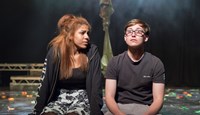


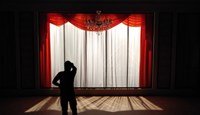
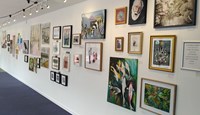
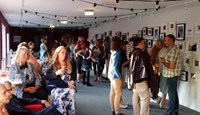
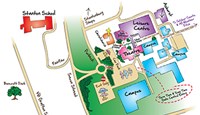
Conversations